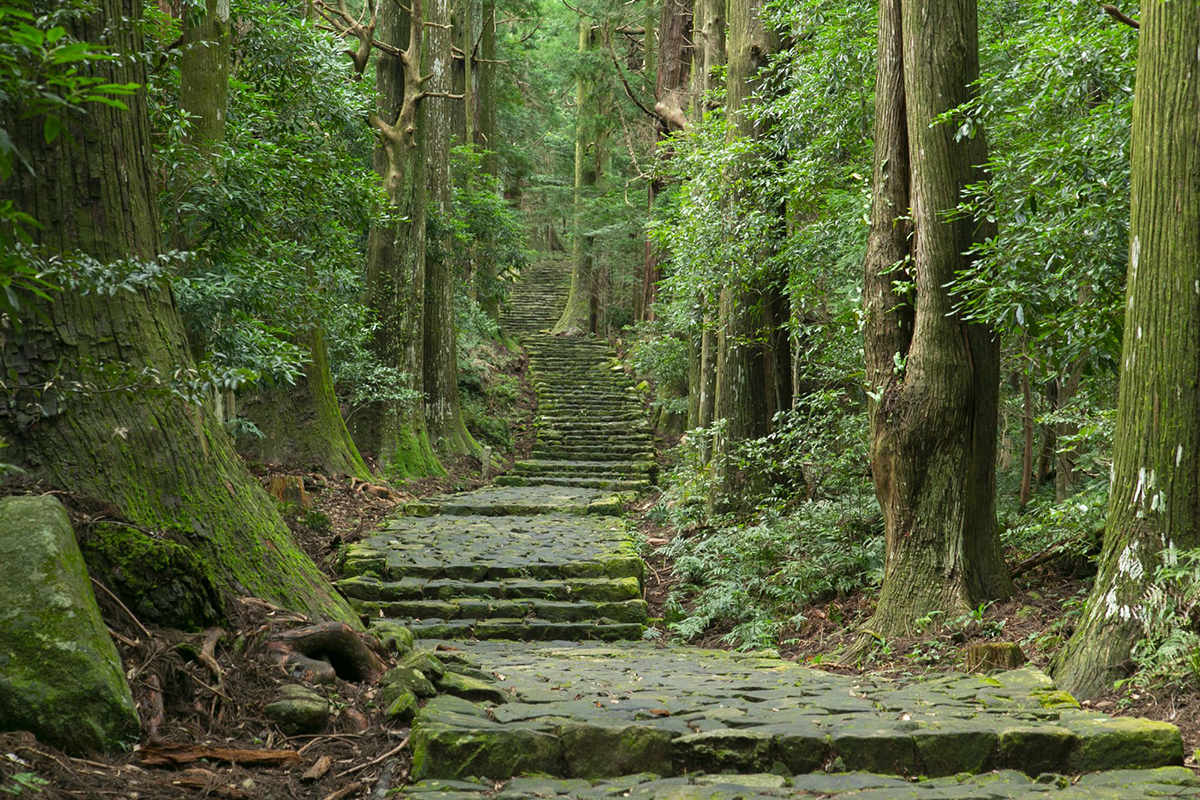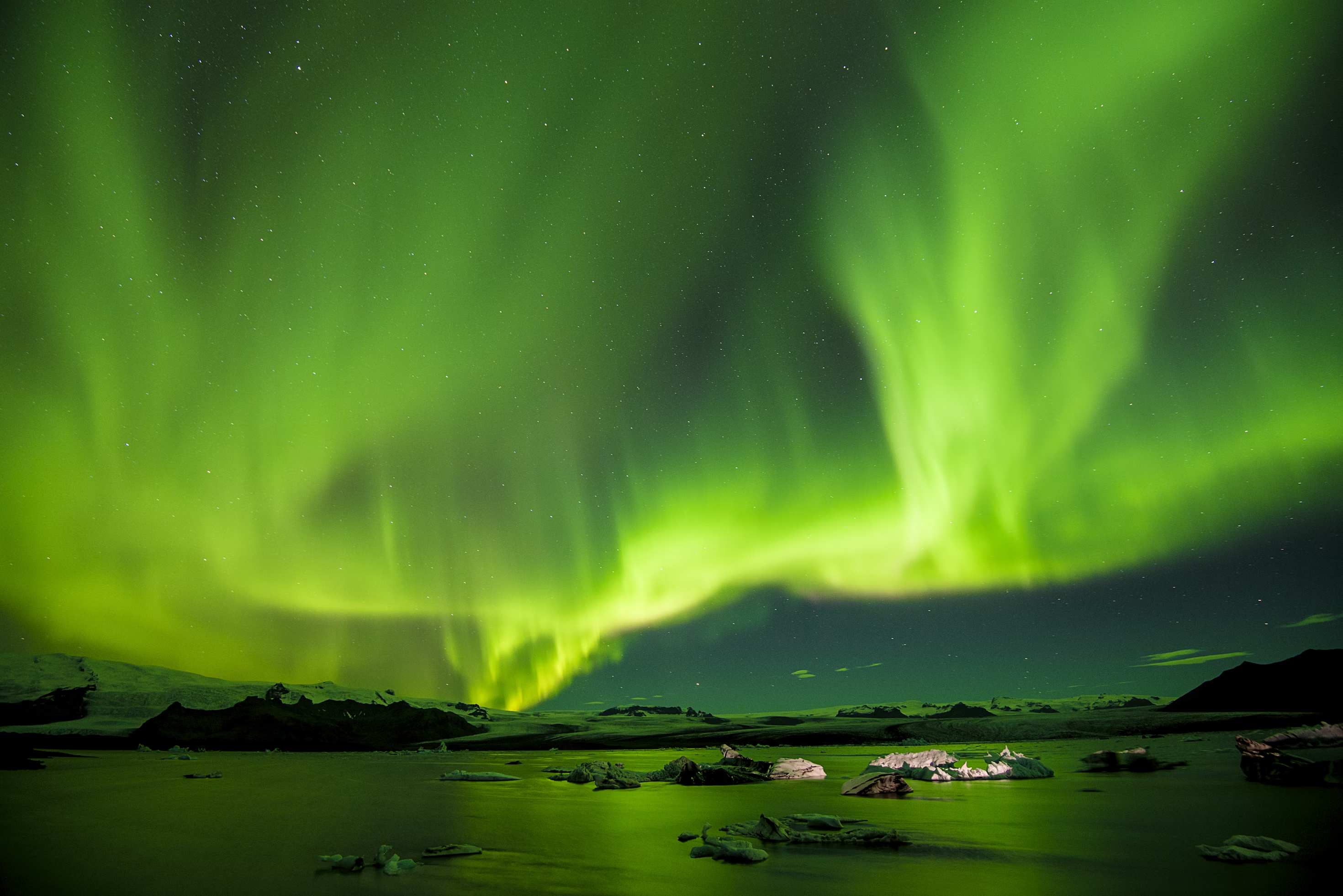
In recent years, silent tourism has been rising as a new trend in the travel industry. This concept focuses on providing travellers with peaceful experiences that allow them to disconnect from the noise and chaos of modern life. As more people seek tranquillity and mindfulness in their travels, silent tourism is gaining popularity. This blog explores how silent tourism works, where it can be experienced, and who it is for.
Silent Tourism Works How?
Silent tourism emphasizes the importance of quiet and serene environments. It encourages travellers to engage in activities that promote relaxation and mindfulness. Here are some key aspects of how silent tourism operates:
1. Mindful Travel
Silent tourism promotes a slower pace of travel, allowing individuals to immerse themselves in their surroundings without the distractions of technology and noise. This approach encourages travellers to appreciate nature, culture, and personal reflection.
2. Digital Detox
Many silent tourism experiences encourage participants to disconnect from their devices. This digital detox helps individuals focus on the present moment and enhances their overall travel experience.
3. Wellness Retreats
Silent tourism often includes wellness retreats that offer meditation, yoga, and other mindfulness practices. These retreats provide a structured environment for relaxation and self-discovery.
Silent Tourism Where To Experience?
Silent tourism can be experienced in various locations around the world, each offering unique opportunities for tranquillity. Some notable destinations include:
Quiet Parks
These designated areas in Europe are recognized for their natural soundscapes, free from man-made noise. Examples include the Quiet Park in Sweden and the Quiet Trail along the Niobrara National Scenic River in Nebraska, USA.

Nature Retreats
Many wellness retreats and guesthouses, such as the Silent Living guest houses in Portugal, provide peaceful environments for travellers seeking solitude and relaxation. These locations often feature natural surroundings that enhance the experience of silence.

Pilgrimage Routes
The Camino de Santiago in Spain is an ancient pilgrimage route that attracts those seeking a quiet and reflective journey. The peaceful trails allow travellers to connect with nature and themselves.

Remote Destinations
Adventurous travellers can explore serene landscapes in places like Japan’s Kumano Kodo or the Arctic regions of Finland, where the natural beauty and tranquillity provide an ideal setting for silent tourism.

Who is Silent Tourism For?
Silent tourism appeals to a diverse range of travellers, particularly those seeking a break from the fast-paced modern world. Here are some groups that may benefit from silent tourism experiences:
- Solo Travelers: Individuals traveling alone often seek opportunities for introspection and personal growth. Silent tourism provides a unique environment for self-discovery and mindfulness.
- Wellness Seekers: Those interested in wellness and holistic practices will find silent tourism appealing, as it aligns with their desire for relaxation and rejuvenation.
- Nature Enthusiasts: Travelers who appreciate the outdoors and wish to immerse themselves in natural surroundings will find silent tourism experiences particularly rewarding.
- Digital Nomads: With the rise of remote work, digital nomads may seek silent tourism experiences to balance their work-life commitments with moments of tranquility and reflection.
Conclusion
Silent tourism is a growing trend that offers travelers a chance to escape the noise of everyday life and reconnect with themselves and nature. By focusing on mindfulness, digital detox, and serene environments, silent tourism provides a unique and enriching travel experience. Whether through wellness retreats, quiet parks, or remote destinations, this trend caters to a diverse audience seeking peace and tranquility in their travels.
Read more on Lifetips.blog














